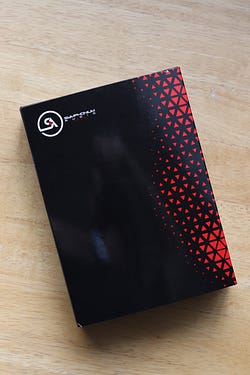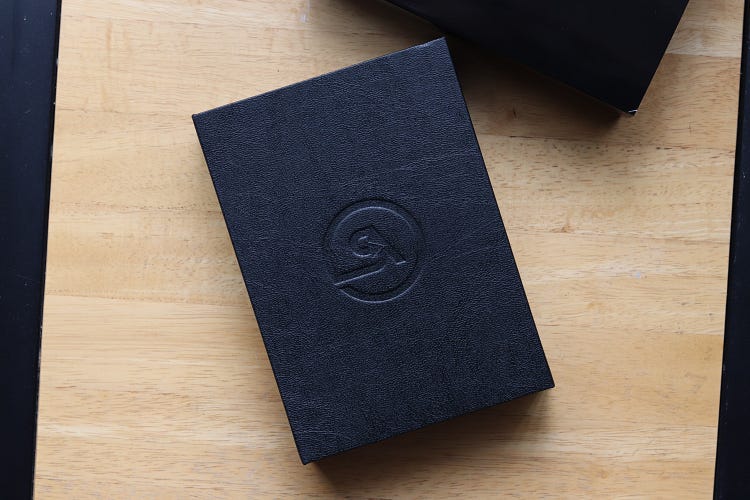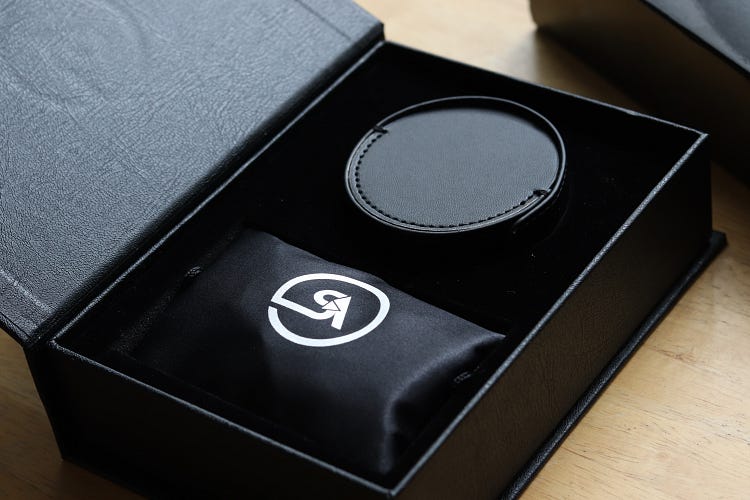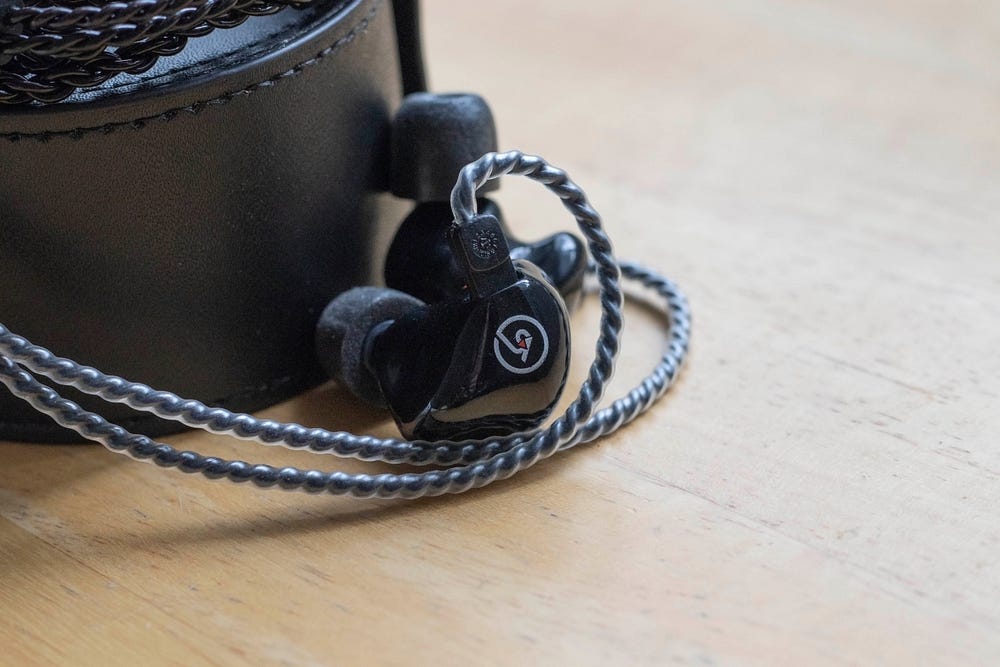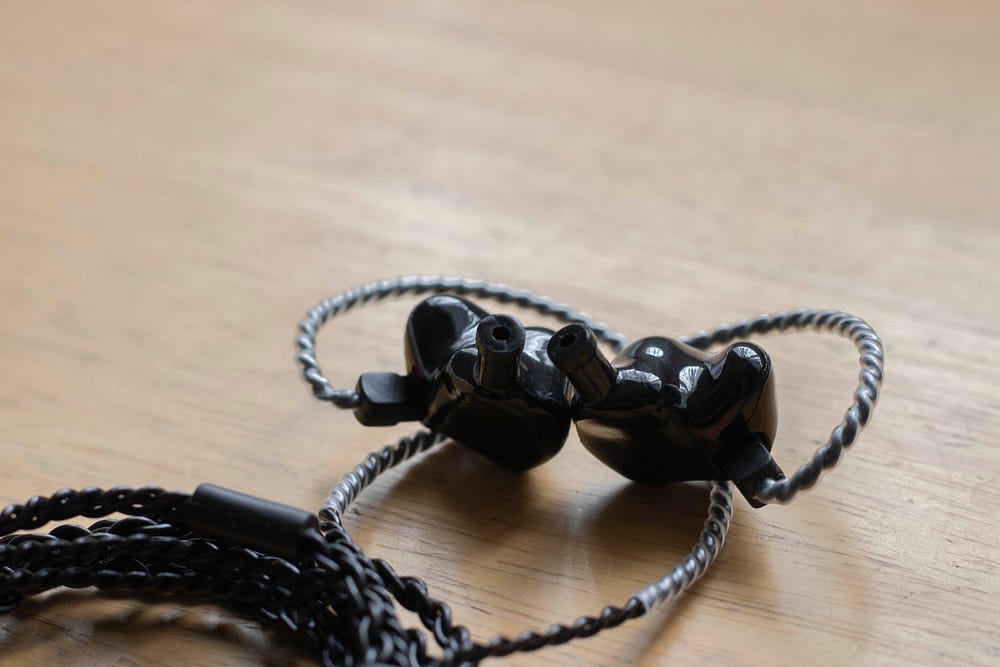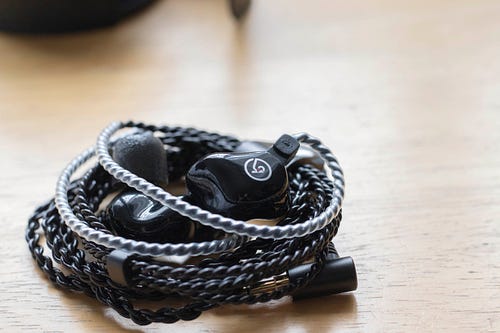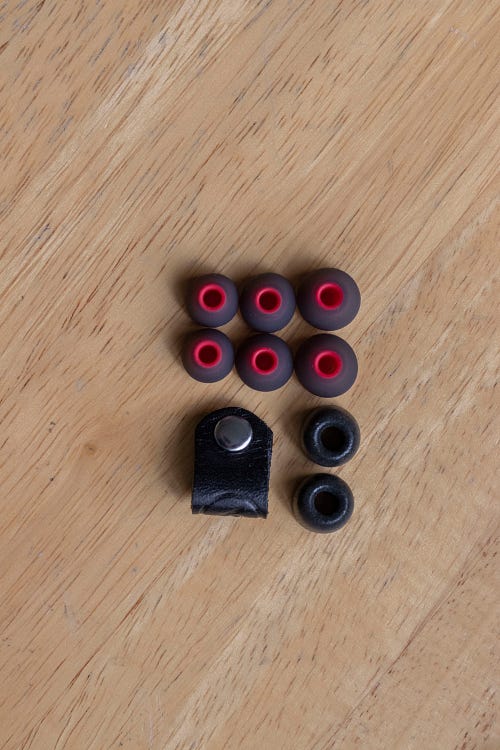Symphonium Audio Aurora Review: Bitter Sweet Symphony
Symphonium Audio is a fledgling audio brand emerging from Singapore. Its inception came from the founders’ dissatisfaction in the current state of the audio market — most IEMs were built to be disposable and cheap, while the ones that were truly good were so expensive that they were out of reach to most consumers. Seeking to in some part correct this trend, Symphonium deigned to build IEMs that were accessible and high-quality. As such, the Mirage and Aurora were born, that latter of which I am reviewing today. Though, did Symphonium actual achieve their goal? Or is this just another brand talking without bringing any walk?
You can find the Aurora for sale
here, for $249, on Symphonium Audio’s official website.
About My Preferences: Heads up, I’m a person! As such, these words are my opinion, and they are tinged by my personal preferences. While I try to mitigate this as much as possible during my review process, I’d be lying if I said my biases are completely erased. So for you, my readers, keep this in mind:
- My ideal sound signature would be an extended sub-bass with a leveled, but textured, mid-bass.
- I have a mild treble sensitivity.
Source: The Aurora was powered like so:
HTC U11 -> USB-C adapter -> earphones
or
Hidizs AP100 3.5mm out -> FiiO A5 3.5mm out -> earphones
or
HiFiMAN SuperMini -> earphones
or
PC optical out -> HiFiMe SPDIF 9018 Sabre DAC 3.5mm out -> earphones
All music was served as MP3 @320Kbps or as FLAC.
Tech Specs
- Dual balanced armature driver
- 2-Way Passive Crossover
- Industry standard removable 2-pin connectors
- Impedance: 75Ohms
- Sensitivity: 109dB
- Freq. Response: 10Hz — 19KHz
Sound Signature
Sonic Overview:
The Aurora is light and refreshing, much like a soft drizzle in the morning. It is quick on its feet, providing an airy and smooth sound signature. It features a brighter sound signature that rolls off its lower register right underneath the mid-bass. Its midrange is essentially uncolored, though it is mildly recessed.
Sonic Breakdown:
Treble: Songs used:
In One Ear,
Midnight City,
Outlands,
Satisfy,
Little One,
Show Me How To Live (Live at the Quart Festival)
Symphonium’s choice to use balanced-armature drivers naturally orients the Aurora to a treble-favored sound signature. That said, the Aurora’s treble isn’t another run-of-the-mill Knowles clone. It is carefully tuned to get the most out of the drivers within. Details such as the breathing in the intro of
In One Ear, the sound effects scattered in the background of
Little One, and the symphonies of
Outlands, were well-textured and well-separated. It extends well into the upper-treble, though it doesn’t have big spikes at the usual points, opting for a more linear presentation than you’d typically find in V-shaped or bright-cannon IEMs.
Midrange: Songs used:
Flagpole Sitta,
Jacked Up,
I Am The Highway,
Dreams,
Too Close,
Little Black Submarines
My favorite component of the Aurora’s sound signature is its midrange. It isn’t too recessed, if at all, and doesn’t suffer from any of the veiling that many midrange-forward IEMs tend to suffer from. The Aurora’s midrange is both precise and timbrally accurate, bringing to life the guitars from
Flagpole Sitta. Some additional warmth in the lower midrange would certainly do that song some good, considering its dry recording style.
Jacked Up and
I Am The Highway do a good job showcasing the Aurora’s commendable ability to stage sonic dynamics and instrumentation.
In terms of vocals, the Aurora has a partiality towards female singers. While male vocalists aren’t left out in the cold, their XX-chromosomed counterparts are treated to a sweetness that they simply don’t get.
Bass: Songs used:
Moth,
Gold Dust,
In For The Kill (Skream Remix),
War Pigs (Celldweller Remix)
The Aurora’s bass is… lean. While nothing is inaudible in the lower-register, the Aurora falls squarely into the “hear not feel” camp for bass. It won’t drop the bass with any degree of intensity or vibrate your skull. Take this in what sense you will, as personal preference will dictate whether or not this is a positive or negative aspect of the Aurora’s sound signature. With that said, I did quite enjoy listening to
Moth through the Aurora. Its precision and light presentation made for a pleasant and airy staging of its bass guitars.
Packaging / Unboxing
Build
Construction Quality
The Aurora’s shells are made out of a smoothly polished, somewhat reflective, black plastic. Their construction is sound and premium-feeling. The gentle sloping of the shell to meet a more ergonomic form feels carefully sculpted, and it's easy to tell that these are not merely cheap IEMs.
Interestingly, the Aurora’s nozzles have a fairly standard outer diameter, but a much smaller diameter for the bore itself. I can think of a number of reasons for this being the case: increased eartip compatibility, increased durability, better ergonomics, and so on. So I think it was the right call to take that route instead of simply making very small nozzles.
The Aurora features detachable cables via the 2-pin standard. However, its connectors are recessed into the shell, making aftermarket cable support a little more complicated than it would be if they were flush with the shell instead. The connectors are sturdy and well-made. I do not foresee any durability complications.
Symphonium ships the Aurora with a black braided cable. It uses a fairly standard outer-coating with plenty of stress relief at the flex points. Along the cable, above the plastic-clad Y-splitter, lies a chin-slider. It works well and has an appropriate amount of resistance. Along the top-end of the cable are the male 2-pin connectors. They too are housed in plastic. Just below the 2-pin connectors, you can find the ear hooks. Their job is to make sure that the IEMs stay in place while being worn. Simply put, they do their job well.
Comfort
The Aurora is quite comfortable for me. I have average-sized ears, so to be fair, only the most egregious shaped IEMs cause me discomfort. I can easily use the Aurora for my entire workday and not experience physical discomfort or fatigue. Keep in mind that your ears will be different from mine, so you may find your listening experience to be different from mine.
Accessories
Inside the box you’ll find:
- 1x soft carrying pouch
- 1x semi-hard carrying case
- 2x pairs of genuine Comply eartips
- 3x pairs of silicone eartips
- 1x leather cable wrap
Each of the included accessories are high quality. There are two pairs of Comply eartips! Two! That’s generally not something you see from too many brands these days, and their inclusion is a big plus for me. Eartips aside, the carrying case is pretty great. It is built out of a semi-hard leather material. It has an average rigidity but is constructed in such a way that I do not fear for the Auroras when they are stored in the carrying case.
The Aurora’s carrying pouch is similarly premium. It has a beautiful sheen that gleams against its dark hue. Its drawstrings are tied tightly, so they probably won’t undo themselves with normal regular use.
Comparisons
1:
LZ A5 ($269)
The A5 is a very V-shaped IEM. It has a more noticeable 6KHz and 3KHz spike in the treble but has a more recessed midrange. The A5’s treble has a good amount of detail, but so does the Aurora. The Aurora takes the lead for a smoother and more comfortable treble though. The A5’s bass is is more prominent and does have much more lower register articulation, as per its dynamic driver.
2:
Brainwavz B400 ($200)
The B400 is a warmer IEM than the Aurora. It has a more linear lower register, not experiencing the roll-off that the Aurora does. That said, the Aurora has a more smooth midrange. It's hard to express how cohesive and timbrally accurate that the Aurora is. I’d wager that the B400’s more complex crossover while yielding some clear benefits, has certainly waned its cohesion in ways that the Aurora simply doesn’t have to deal with. So while the B400, being the cheaper option, does have a more full sound signature, listeners who value clarity and airiness will find the Aurora to fit their needs more closely.
Summary
The Aurora is a very competent take on the traditional “balanced” sound signature. It forgoes a strongly emphasized bass to focus on producing the clearest and cohesive sound signature it can with its two balanced-armature drivers. Its discrete and professional-looking visual profile suits its sound signature, and its accessory package is as competent. I find that Symphonium Audio, though a newcomer to the Hi-Fi market, has made a compelling IEM that shouldn’t be ignored. So if you’re in the market for a well-priced IEM with a nonabrasive sound signature with a focus on clarity and cohesion, the Aurora just might be the right earphone for you.
As always, happy listening!



























